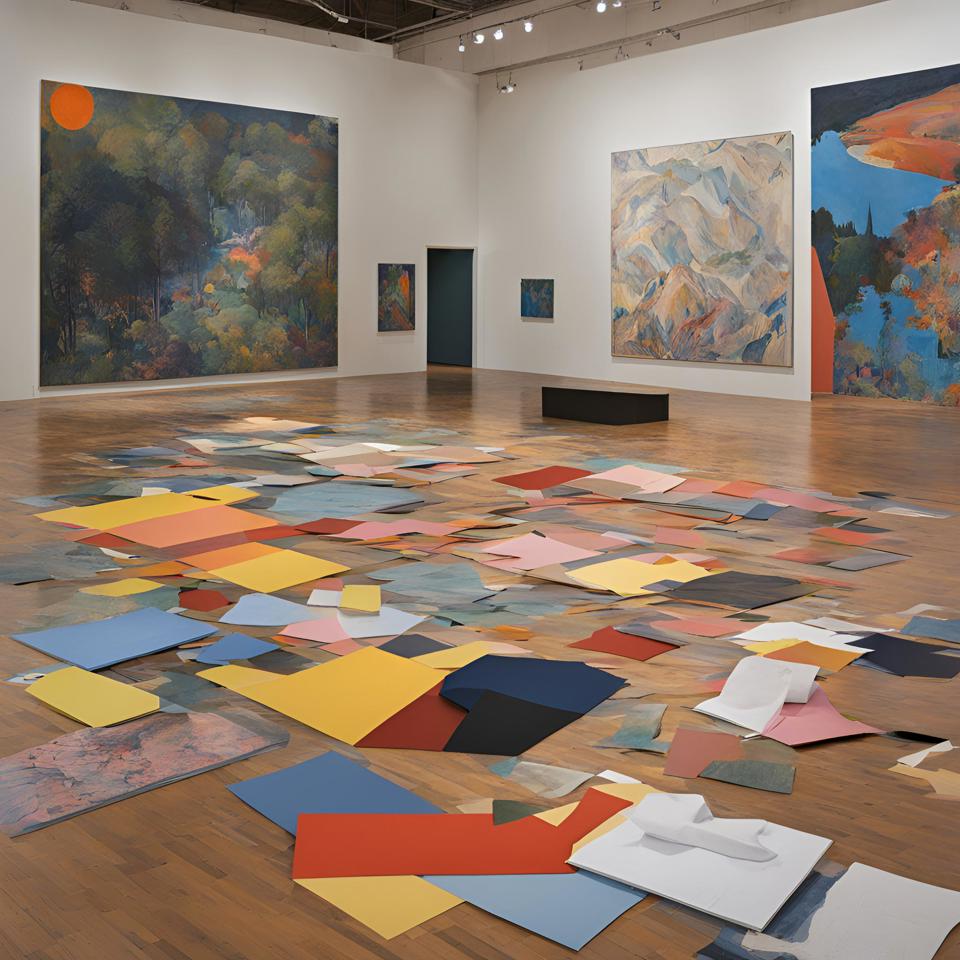Museums and public galleries often engage in borrowing artworks, antiquities or other collectibles from other institutions, collectors, artists, and makers. Curators and registrars are familiar with the loan agreement and its terms and conditions. Often loans between national and international museums are reciprocal, were lending between smaller museum can attract a loan fee for each borrowed item. In addition, conservation, framing, packing, transport and courier costs must be covered by the borrower.
Over the years we all have come across some intolerable demands by lenders, ranging from 1st class air tickets for the borrower and his/her spouse, five star or higher luxury hotel accommodation, extended stays and so on. The borrower, keen to secure the desired objects for the exhibition display, must break the news to the lender diplomatically and explain that these kinds of conditions cannot be met and provide solid reasons.
Recently, I have been dealing with the return of sixteen antiquities from a four months exhibition. As I took over from the outgoing loans manager, I asked for the loan agreement. It made me gasp for air whilst reading the document. The following requests were made, agreed and signed: a one-off payment or loan fee of USD 100,000; 20% commission from ticket and catalogue sales during the exhibition and a paid stay for two security guards throughout the entire duration of the exhibition. Each guard receiving a daily per diem of USD 300. Ironically, I noticed that both guards who were supposed to watch the objects during opening hours turned up briefly and then disappeared, they were only present during the deinstallation. It is questionable why the terms and conditions were not fairer and better negotiated, in this instance, they were the most expensive loans I have ever come across.
Image:
AI generated, 2024.
#loans #lender #borrower #loanagreement #loanfee #artworks #conditionsofloan #GIS
#reneepfisterartconsultancy
